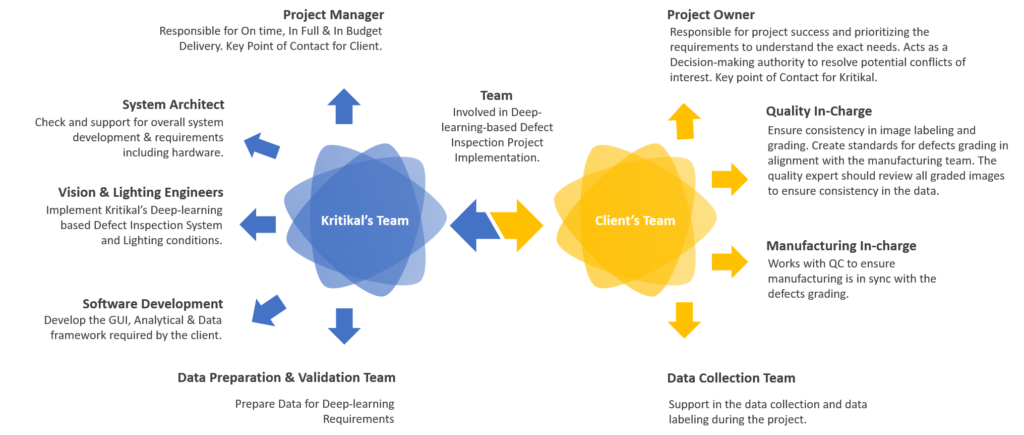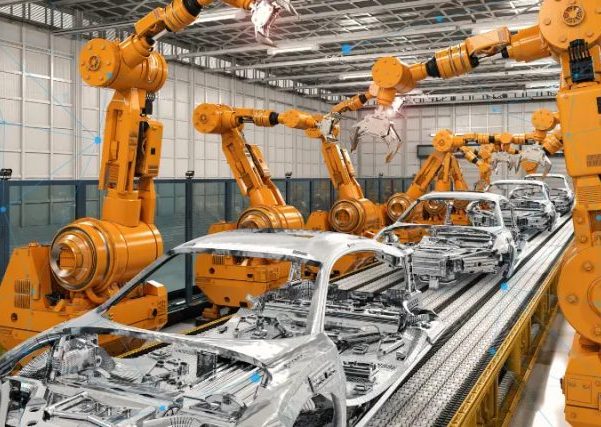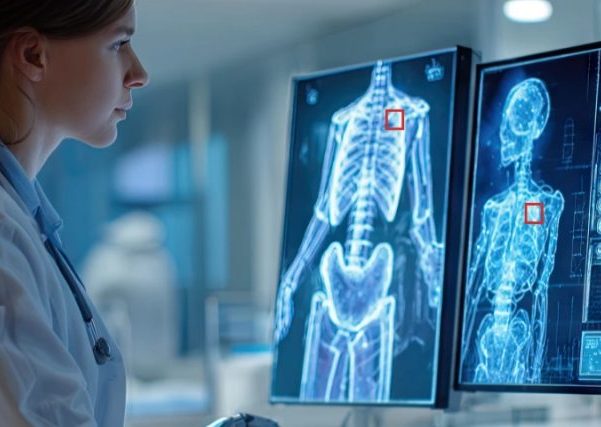Wide-ranged and Precise Solutions for Any Industry
Kritikal’s Deep-learning based technology platform provides fast and accurate solutions for AI-based Defect Inspections like Barcode Reading, 360° Inspection, 3D Imaging, Robotic Guidance, and Surface Inspection. Our best-in-class AI-enabled Machine Vision technology with accurate defect classification capabilities requires significantly less training time as compared to rule-based Machine Vision systems and support decision-making on the fly. Our expertise in computer vision technology in industrial settings enables our clients to improve yields and reduce defect rates leading to drastic business transformations.

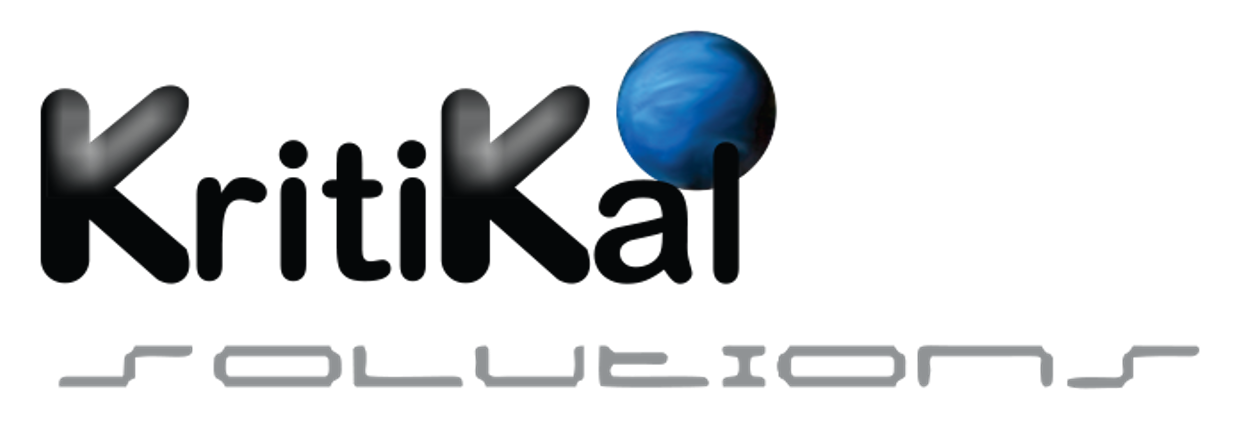
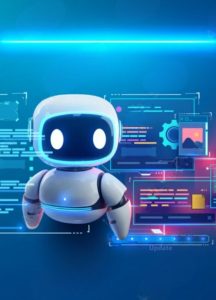

 Global
Global  United States
United States 







